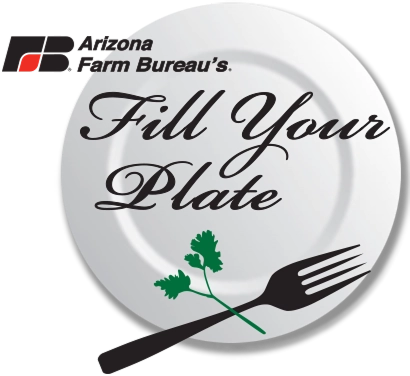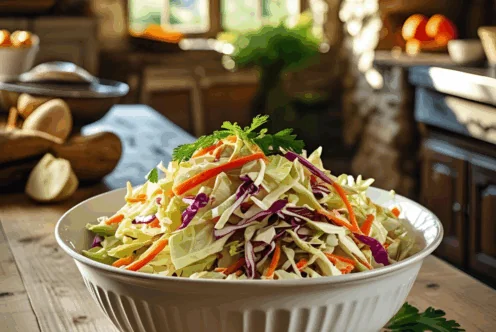Blog
Healthy Grocery Shopping on a Budget

Let’s face it. Prices are going up everywhere lately, and one place where it is especially noticeable is at the grocery store. This poses quite a problem, as eating healthily was already more expensive than eating cheap, processed foods. But now, with inflation setting in, it has only gotten pricier. Luckily, that doesn’t mean that it is entirely impossible! With a few money-saving tricks and tips, you can still eat healthfully while staying on budget.
Meal Planning: The Foundation of Budget-Friendly Eating
The first step to healthy grocery shopping on a budget begins with proper meal planning. Taking some time each week to think about what you’ll need can save you both money and time.
Why Meal Planning is Important
Meal planning helps you to reduce food waste by ensuring that you’re purchasing only what you’ll actually eat. It also allows you to create balanced meals that include all the necessary food groups, ensuring that you’ll be less tempted to turn to expensive takeout meals or less nutritious snacks when hunger strikes.
- Choose your recipes: Decide on meals for the week and look for recipes that use similar ingredients. This way, you can buy in bulk and minimize waste.
- Portion sizes: Consider your household size when determining how much to prepare. Cooking in bulk can save time and money, especially if you can freeze leftovers for future meals.
Creating Your Grocery List
Once you’ve planned your meals, you’ll want to create a comprehensive grocery list. This list will not only ensure that you don’t forget any essential items but also keep you on track and avoid purchasing extra unnecessary items.
- Use technology: There are many apps available to help you create and manage your grocery list. Utilizing these can be especially handy for making quick updates on the go.
- Organize by category: Group similar items together, which can speed up your shopping trip and reduce impulse buys. For example, make separate sections for produce, dairy, grains, and meats.

Hitting All the Nutritional Bases
When shopping for groceries, it’s crucial to ensure you are hitting all the nutritional bases. A balanced diet should include a variety of food groups, such as proteins, healthy fats, and carbohydrates.
What to Include in Your Diet
- Proteins: Always try to have a good protein source in your meals. This could include meats, fish, eggs, or plant-based proteins like beans and lentils. For lower-cost options, consider canned tuna or legumes, which can be found in nearly any grocery store.
- Healthy Fats: Incorporate sources such as avocados, nuts, seeds, and olive oil. These fats are not only nutritious but also keep you satiated longer.
- Carbohydrates: Choose whole grains like brown rice, quinoa, or whole wheat pasta. These options are healthier and more filling than their refined counterparts.
- Fruits and Vegetables: Fresh produce is vital, but it can be one of the more expensive items on your list. Focus on seasonal fruits and vegetables, as they are often cheaper. Visit the USDA’s seasonal produce guide to find out what’s in season.
Whole Foods vs. Processed Foods
As a general rule, always aim to go for whole foods. Whole foods are minimally processed and loaded with nutrients, while packaged and processed foods often contain additives and unhealthy fats.
- Choose whole fruits and vegetables over pre-cut or pre-packaged options. The cost difference can be significant for the same amount of nutrients.
- Avoid convenience: While frozen meals might seem appealing for their convenience, they often contain high levels of sodium and preservatives. Instead, opt for frozen vegetables and whole foods—these can be cost-effective and still pack a nutritional punch.
If you’re short on time during the week, consider dedicating a portion of your Sunday to meal prepping. You can chop veggies, cook grains, and prepare proteins that can easily be assembled during the week.
Strategizing Your Shopping Trip
Don’t Browse
When trying to stick to a budget, it’s essential to avoid wandering the aisles aimlessly. Not only are you more likely to purchase items you don’t need, but you may also be tempted to grab unhealthy items that catch your eye.
- Stick to your list: To maintain focus, obtain your grocery list in hand and promise yourself to only purchase what’s on it.
- Have a game plan: Familiarize yourself with the layout of the store. Knowing where your essential items are located can make your shopping trip quick and efficient.
Embracing Canned and Frozen Foods
Don’t be afraid of canned and frozen foods. Often, they can provide the same nutritional benefits as their fresh counterparts.
- Canned goods: Items like beans, tomatoes, and fish are often affordable and have a long shelf life. They can be key components of many healthy meals. Always look for options with no added sugar or excessive sodium.
- Frozen produce: Frozen fruits and vegetables are picked at the height of ripeness, meaning they retain their nutritional value. These options are often cheaper than fresh produce, especially out of season.
Exploring Reduced-Price Foods
Take a peek at the reduced-price foods section of your grocery store. These items are often perceived as less desirable, yet they can still be very nutritious.
- Check expiration dates: Many items in this section are simply nearing their sell-by dates but are still perfectly safe to eat.
- Creativity in cooking: If you find reduced-priced produce, consider using it in soups, casseroles, or smoothies where it will be consumed faster and won’t go to waste.
Utilizing Coupons and Sales
Coupons and sales can save you money if used correctly. While a coupon for a few cents might not seem like much at the moment, those small savings can add up over time.
- Stay informed: Follow your local grocery stores on social media for announcements about sales and discount days.
- Join loyalty programs: Many stores offer loyalty programs that grant you access to exclusive discounts and rewards. Signing up can often lead to significant savings over time.
- Use apps for savings: Apps like Ibotta and Fetch Rewards let you earn cash back on purchases you were already planning to make.
Conclusion: Attaining Your Healthy Grocery Goal
Eating healthy while still staying on a budget might require you to alter the way you shop, but it is a completely attainable goal! By prioritizing meal planning, sticking to your grocery list, focusing on whole foods, and utilizing coupons or sales effectively, you can stretch your dollar further than you think.
Investing your time into a little planning can lead to significant savings in your grocery bill and healthier meals for you and your family. Remember, making small changes can lead to a big impact in the long run. Go ahead and see just how far you can stretch your dollar on healthy, whole foods!
If you’re interested in reading more articles like this, check out the Fill Your Plate blog.
By incorporating these strategies and making conscientious choices at the grocery store, you can maintain a balanced diet while also managing to stay within your budget. Making informed choices about your food purchases can lead to better health outcomes and a more sustainable lifestyle. Happy shopping!
By Heide Kennedy, Arizona Farm Bureau Communications Intern


















